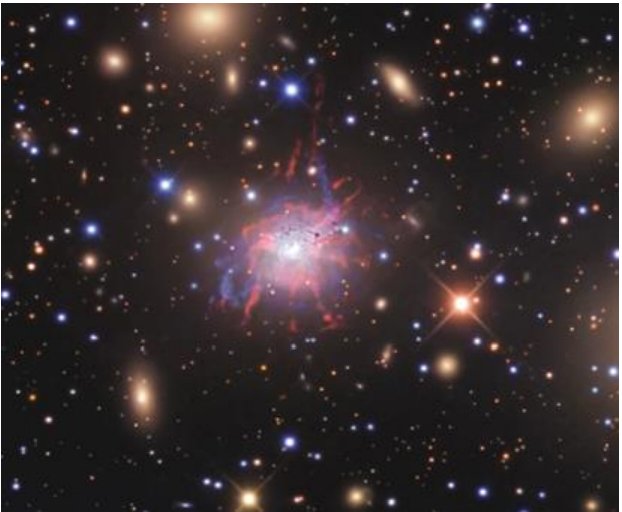They discover that thousands of new globular clusters have emerged in a giant galaxy

Globular clusters are made up of more than millions of stars. All are stars created at the same time grouped in dense spherical volumes of diameter hundreds of times smaller than the diameter of our galaxy. They are believed to be ancient relics of the time of formation of galaxies, so they can be the oldest objects that can be seen in the Universe. The Milky Way is surrounded by about 150 globular clusters, some of which can be seen at a glance in the dark of the night, but around the gigantic galaxies located in the centre of galaxy clusters can be found around thousands of globular clusters. According to the journal Nature Astronomy, unexpected answers have been found about the origin of globular clusters located around the gigantic galaxies in the center of this type of galactic clusters: they have seen how thousands of new globular clusters have been emerging in the last billion years from a cold gas in the gigantic central galaxy of the cluster of galaxies Perseus.
These young globular clusters are closely related to a complex network of cold gas that extends outward from the gigantic galaxy, from which they come. Once created, the newborn globular clusters fall from the cold gas network into the gigantic galaxy as if they were raindrops falling from the clouds. The globular clusters have a characteristic golden colour, and UPV researcher Thomas Broadhurst Ikerbasque has stated that “it is to be expected that the central galaxies of these clusters will be more and more brilliant as they progress in cosmic time, due to the rain of globular cluster falling from the gas that surrounds them.”
Buletina
Bidali zure helbide elektronikoa eta jaso asteroko buletina zure sarrera-ontzian











